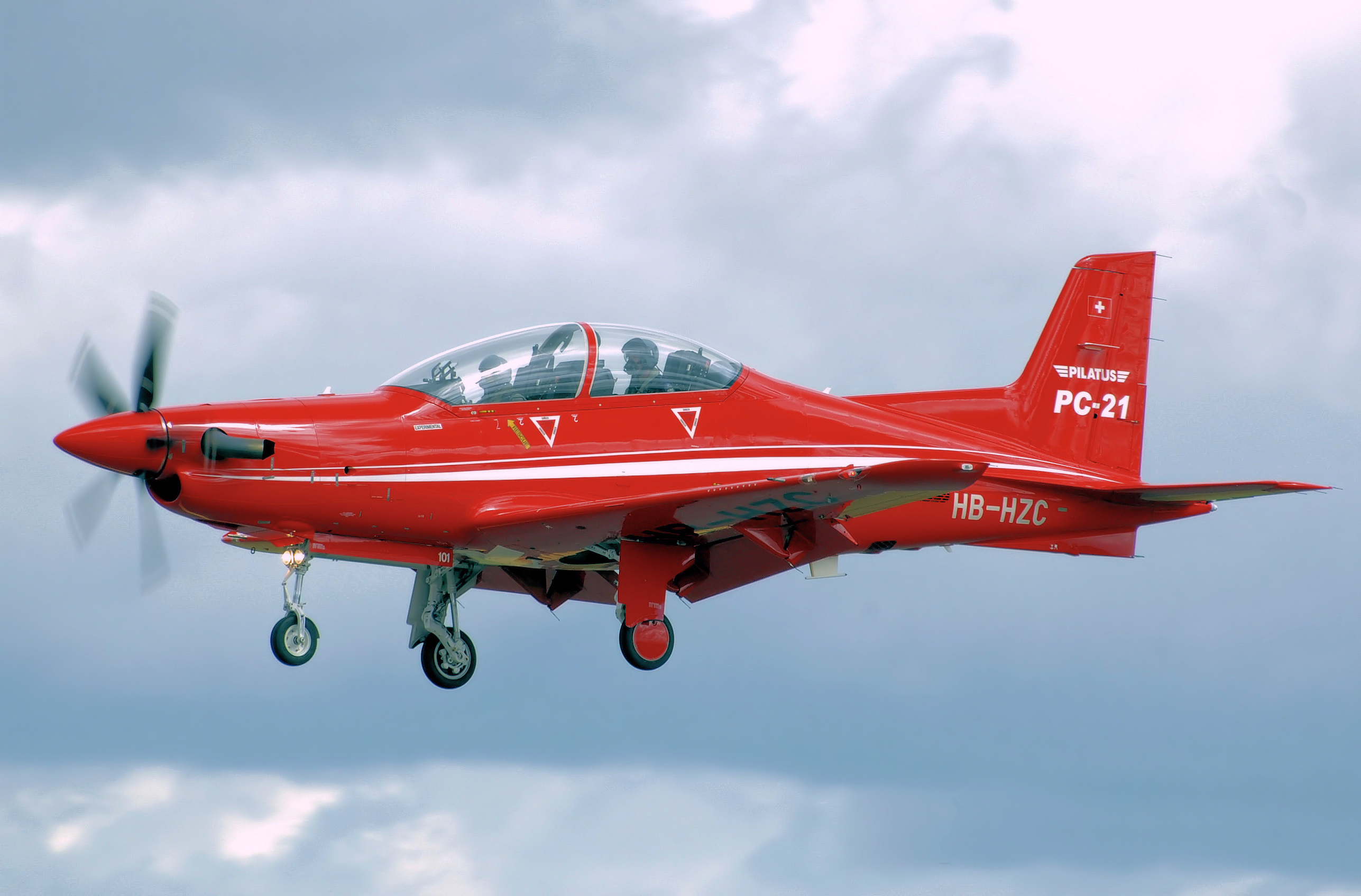Canada is initiating the acquisition of up to 12 new conventionally-powered submarines capable of operating under ice. This move, announced by Defence Minister Bill Blair, marks the first step in engaging the industry for this significant defense project.
Given Canada's vast coastline, maintaining robust underwater surveillance is vital for national security and sovereignty. The updated defense policy, "Our North, Strong and Free," highlights the increasing accessibility of the Arctic due to climate change, which is making the region more attractive to foreign actors with military ambitions. By 2050, the Arctic Ocean may become a major shipping route between Europe and East Asia.
The Arctic's growing accessibility has led to increased activity from global competitors seeking access to natural resources and transportation routes. Russian submarines are active in the Atlantic, Arctic, and Pacific Oceans, while China is rapidly expanding its underwater fleet.
In response to these challenges, the Canadian government is committed to renewing and expanding its submarine fleet. The current fleet of four Victoria-class submarines is aging and costly to maintain. A modern fleet is essential to protect Canada's sovereignty from emerging threats.
Minister Blair announced that Canada is taking the first step in procuring up to 12 new submarines, starting with formal industry engagement. This initiative, part of the Canadian Patrol Submarine Project (CPSP), aims to acquire a larger, modernized fleet to enhance the Royal Canadian Navy's ability to detect and deter maritime threats, control maritime approaches, project power, and maintain a persistent deterrent across all three coasts.
The Department of National Defence is meeting with manufacturers and potential partners as part of the CPSP. A formal Request for Information (RFI) will be posted in fall 2024 to gather information on procurement, construction, delivery, and operational capabilities. This RFI will also explore establishing a submarine sustainment capability in Canada, fostering strategic partnerships for personnel training and information sharing.
Canada's new submarines must meet key requirements, including stealth, lethality, persistence, and Arctic deployability. These capabilities will ensure Canada can effectively detect, track, deter, and, if necessary, defeat adversaries in all three oceans while supporting allies globally.
The procurement of up to 12 submarines is essential for defending Canada's three coasts. The federal government is eager to collaborate with industry to deliver world-class submarines.
“As the country with the longest coastline in the world, Canada needs a new fleet of submarines,” said Minister Blair. “This new fleet will protect our sovereignty and contribute significantly to the security of our partners and NATO Allies.”
The Arctic region is becoming more accessible, leading to increased Russian and Chinese activity. In response, the Canadian government has committed $8.1 billion over five years and $73 billion over 20 years for new defense spending, which includes renewing the submarine fleet, acquiring vehicles for icy terrains, enhancing patrol vessels, and other key defense upgrades. Canada’s current fleet of Victoria-class submarines, purchased from the UK in 1998, will be modernized into the mid-to-late 2030s.

:quality(70)/cloudfront-us-east-1.images.arcpublishing.com/archetype/DUN5CIP6JVCMXF2ERRLMMXS7FM.jpg)







